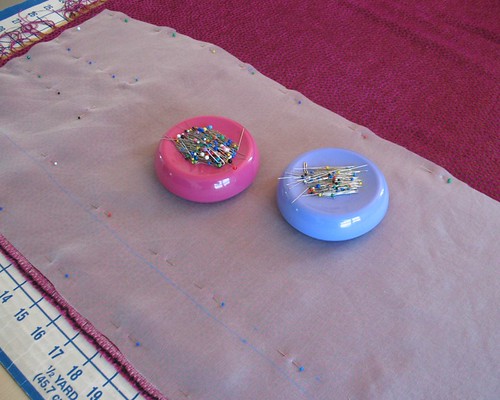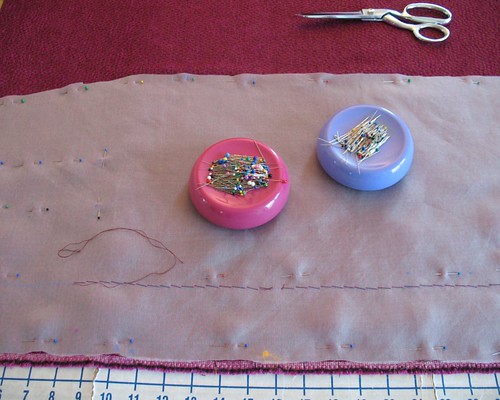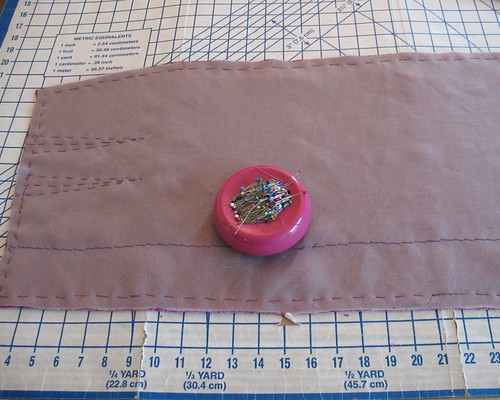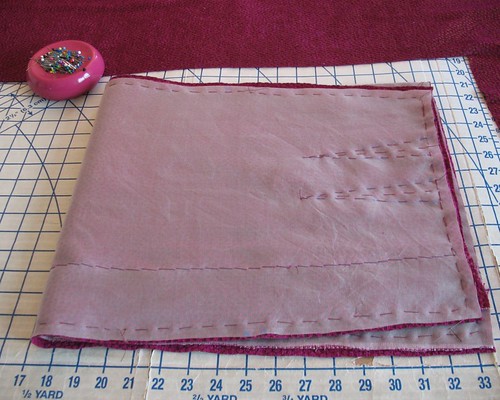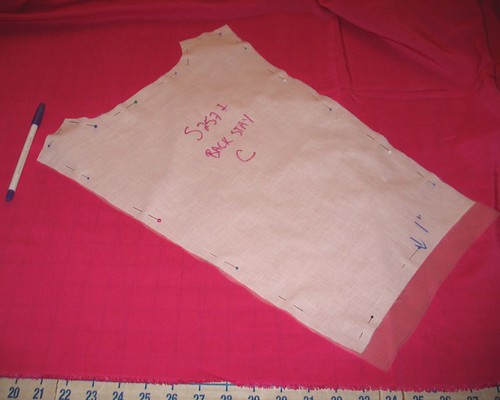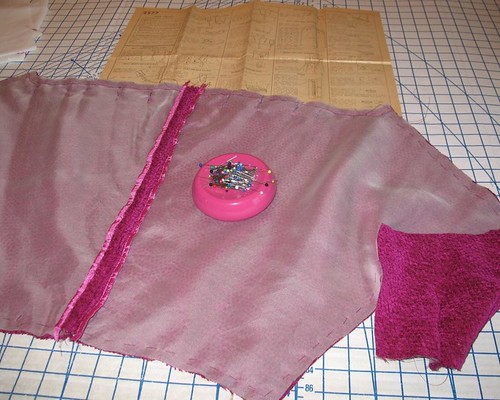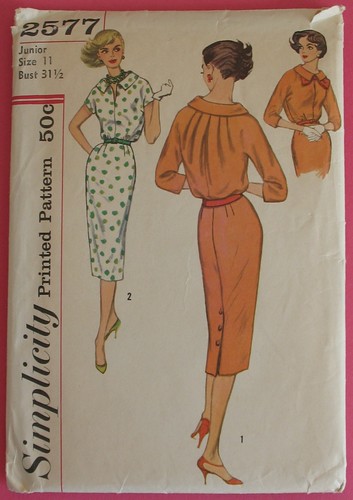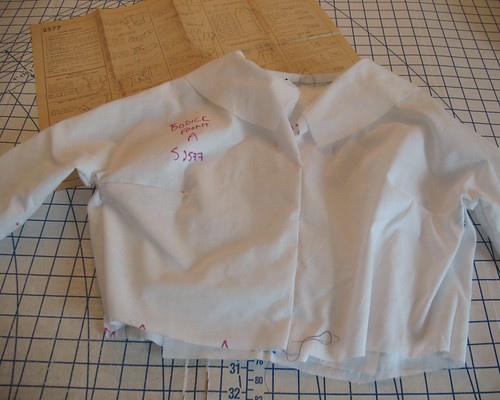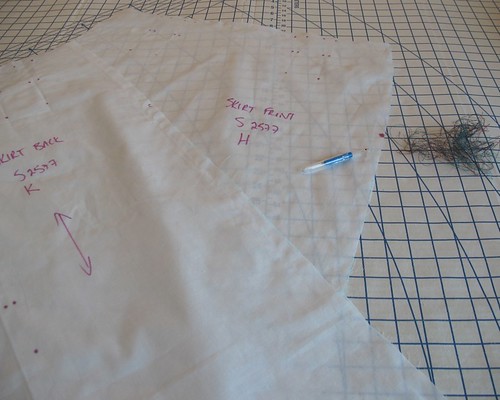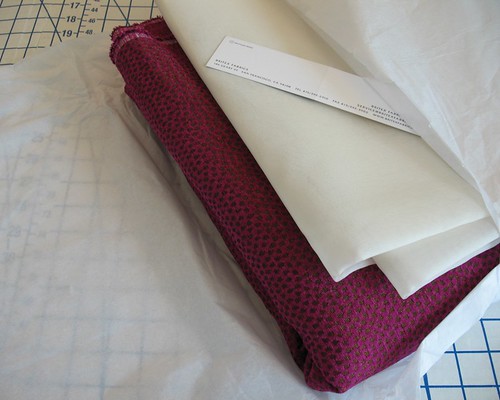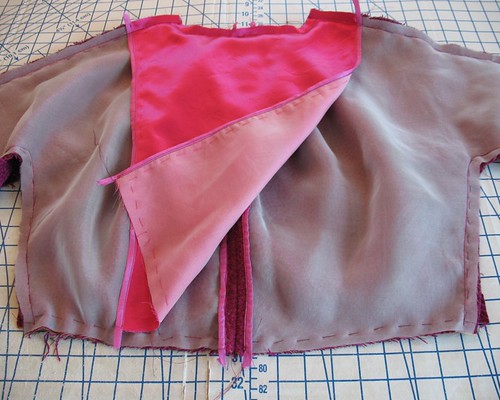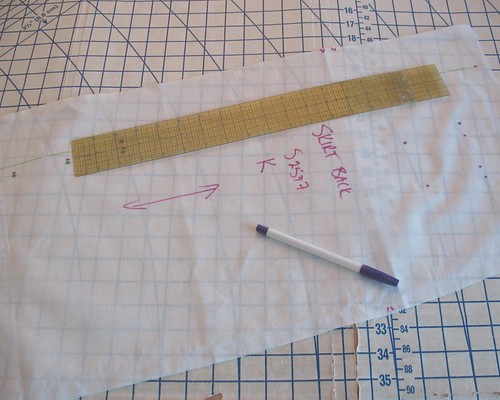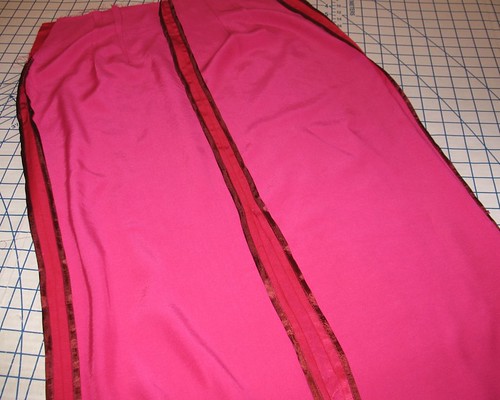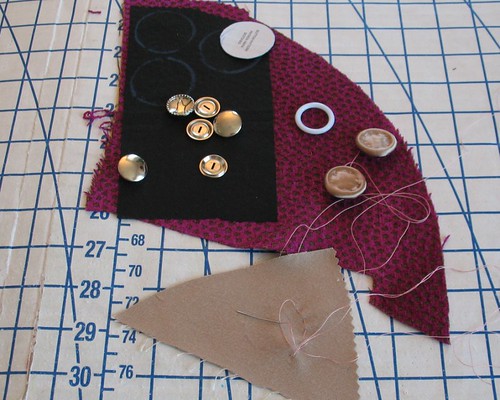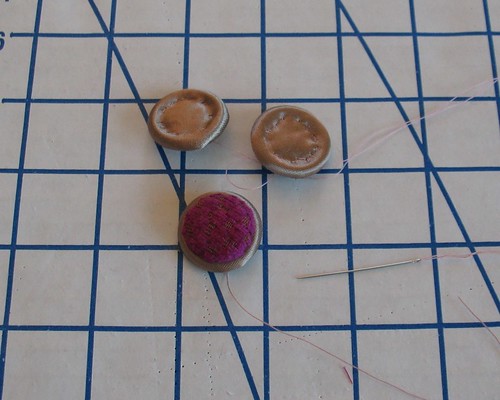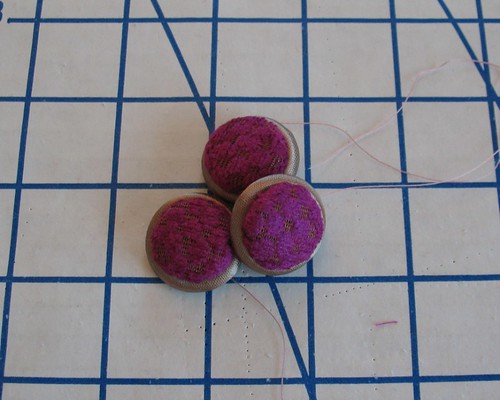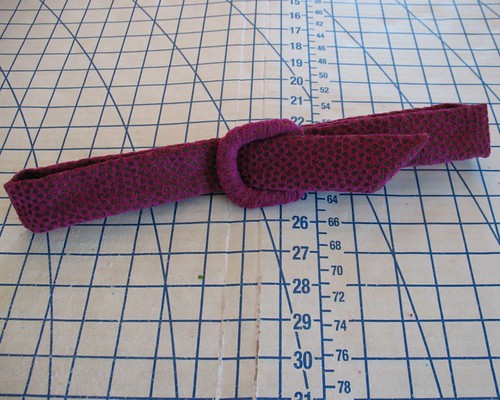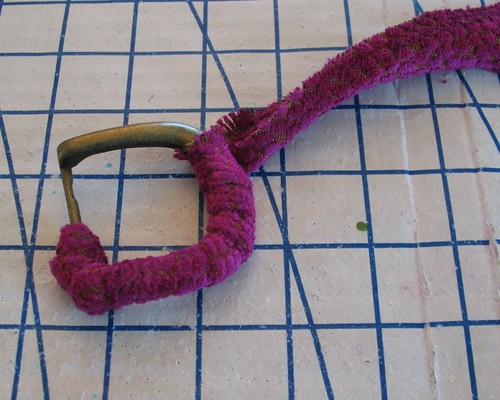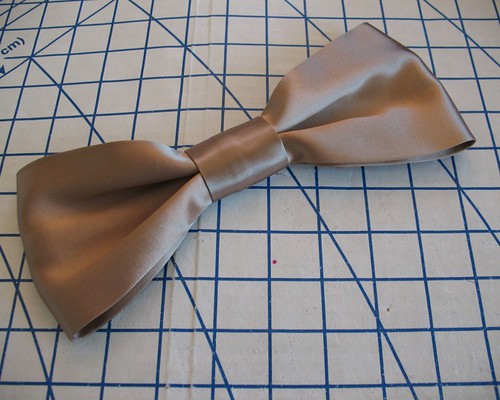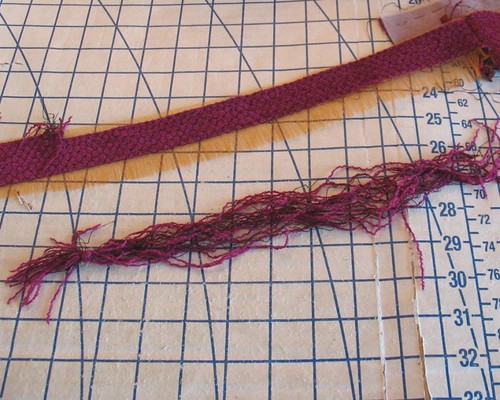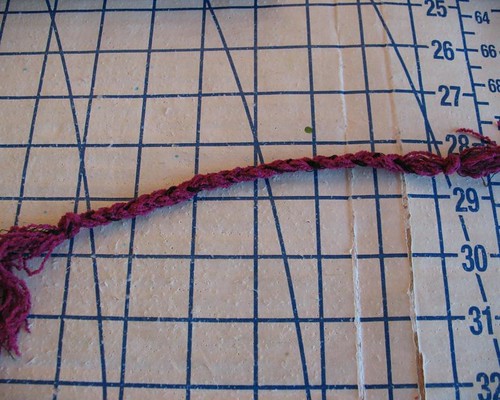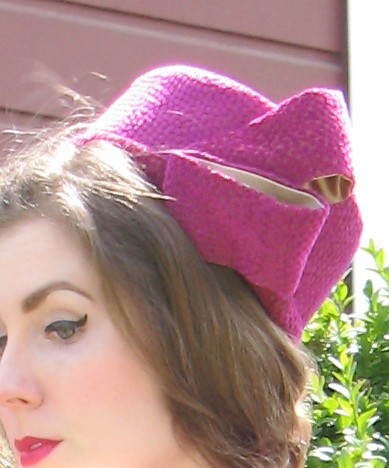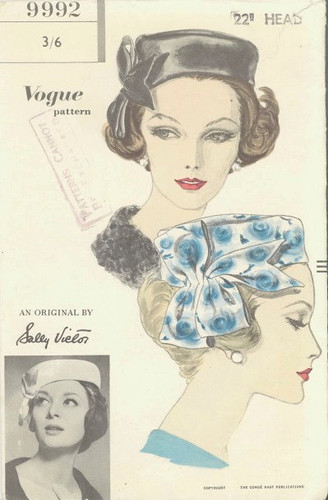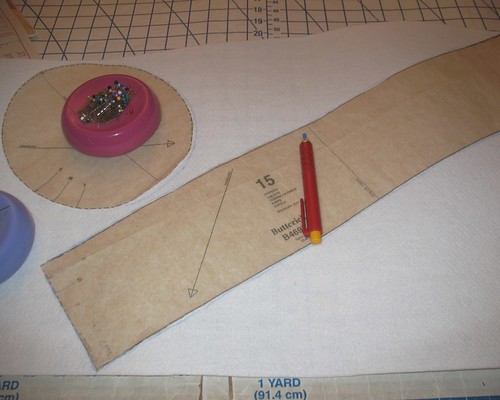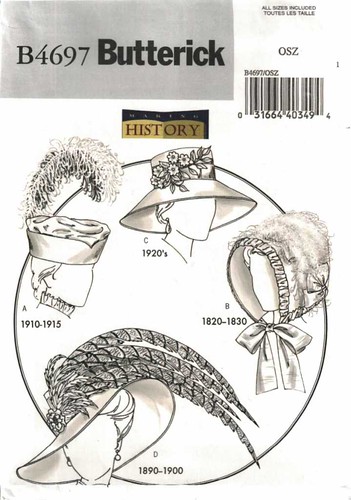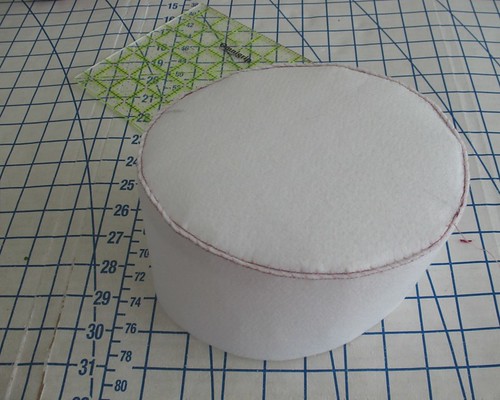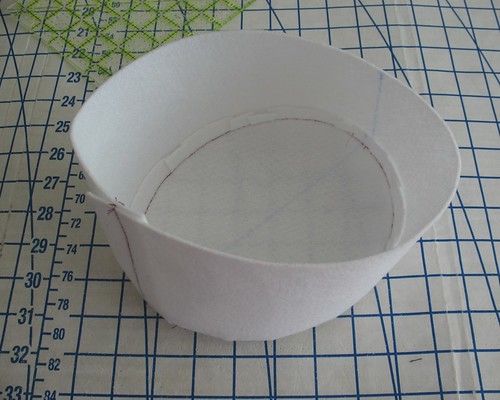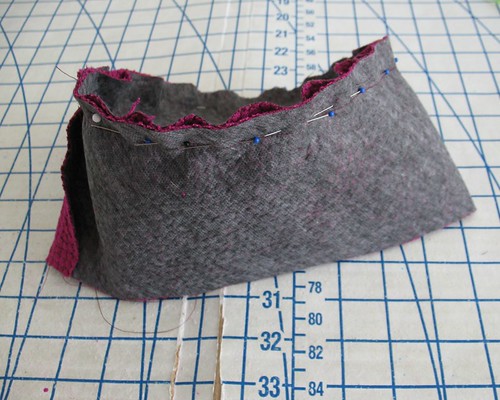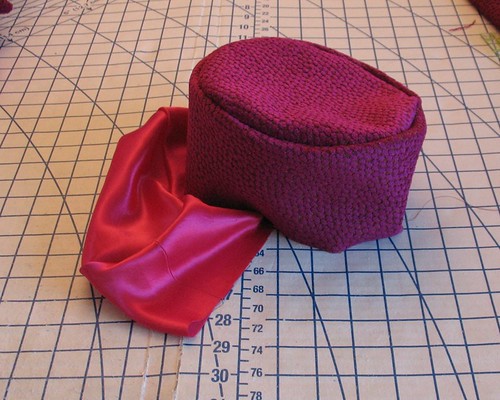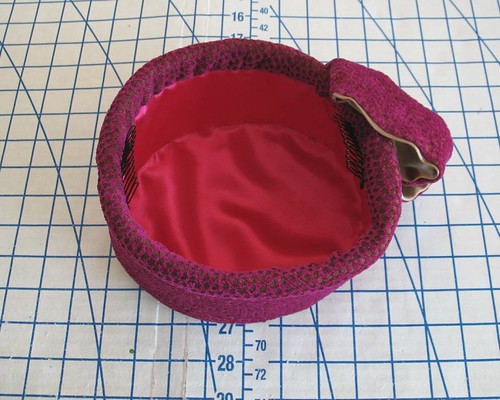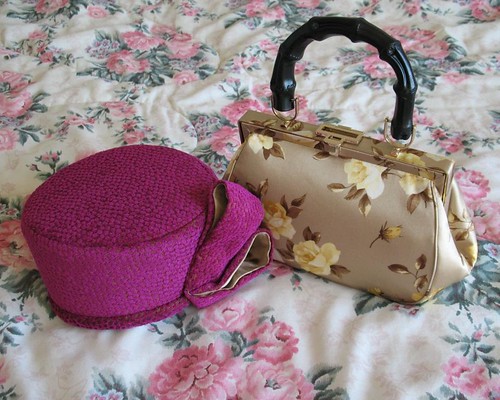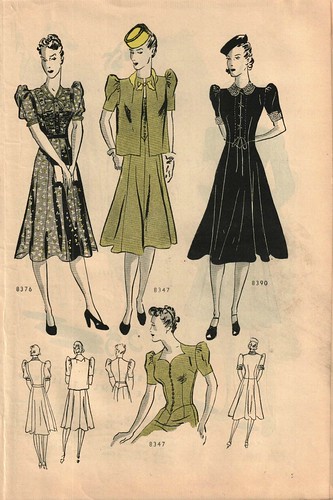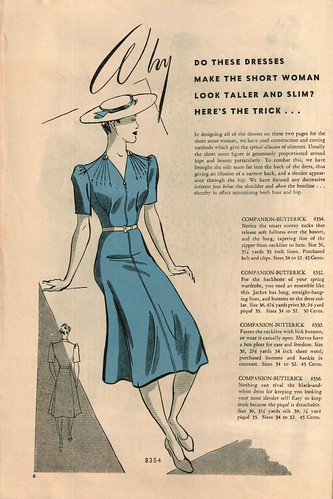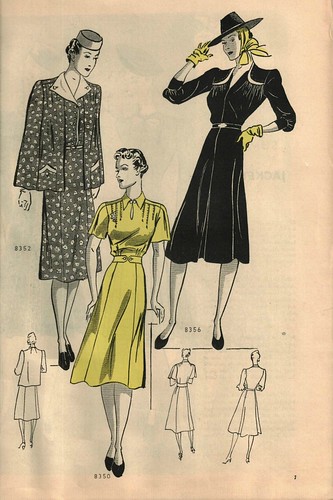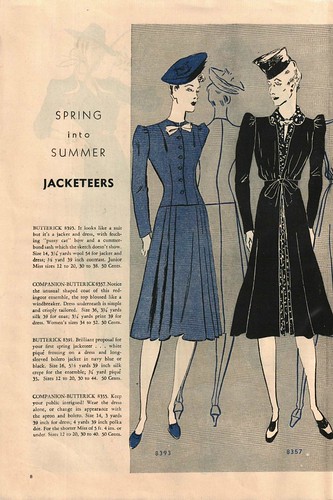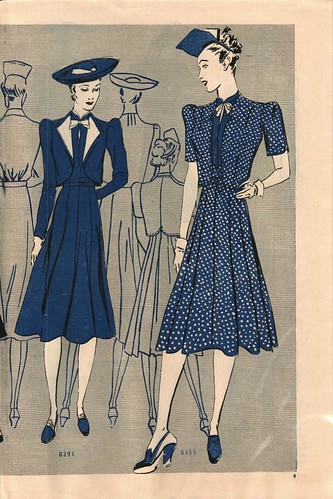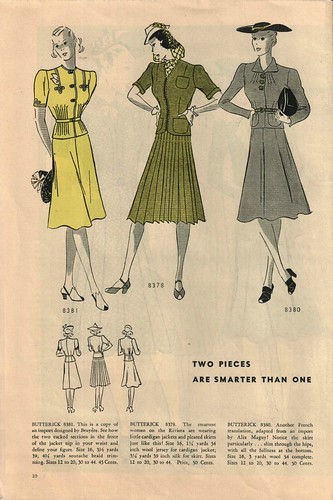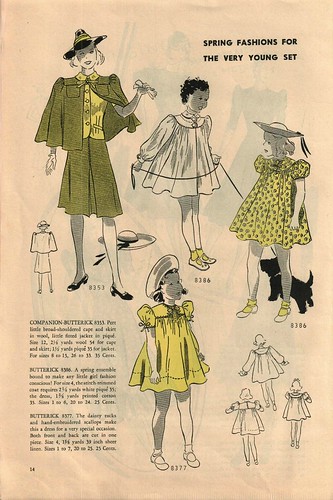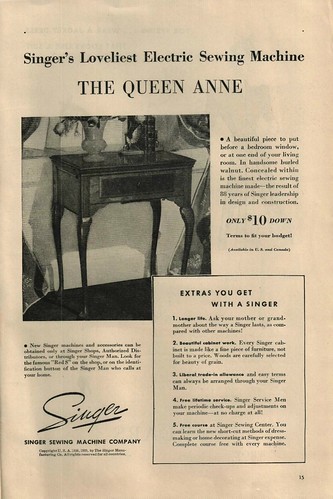Years ago when I first heard about how fabulous organza was,
I was very curious. On my next trip to my local JoAnn
Fabrics (I bet you know where this is going . . .) I decided to check it
out. Over with the “bridal” satin and
lace was a plethora of organza, of the polyester persuasion. It felt awful, but it sure did spring back
into shape, so maybe all of the hype was for a good reason?
Well, my dislike of polyester was proved right. The stuff was hideous and terrible to work
with. The iron would just as soon melt
the yardage as crease it properly.
How much of a difference could fabric content make? Turns out, a massive difference! It is similar to my experience with polyester
seam binding (horrid) versus my beloved rayon seam binding (the stuff dreams
are made of!).
Silk organza really is a miracle fabric, in my opinion. It is crisp, lightweight, and can perform so
many different functions. First off, it
makes truly beautiful finished garments.
At the other end of the spectrum, it also makes an excellent press
cloth. Tear it into strips, and it can
help to stabilize an opening. I even
substitute organza for fusible interfacings on facings.
One of my favorite tricks is using organza to stabilize the
back of a skirt (or anything else for that matter).
Fitted skirts or pants can easily stretch and bag out at the
back after a day of wear. Generally, a
cleaning will get those fabric fibers back to normal, but I would rather avoid
the issue in the first place! A layer of
silk organza added to the back pieces as an underlining layer can help to
minimize this problem.
First, make sure to pre-treat your silk organza just as you
pre-treat your fashion fabric. There is
no sense going through all that extra work to have everything shift and shrink
after the first wash. A dunking in water
may change the hand of the organza slightly, but it will retain its crispness
and stability, which is what we want!
Using your pattern piece, cut out the pieces needing
stabilization in organza. Before
removing the pattern, flip the pinned pieces so that the organza faces up. Mark darts, and all necessary symbols in
chalk or your preferred method.
Feel free to mark up the organza with grainlines, and
anything else you think will come in handy later. Unless your fashion fabric is white or very
sheer, those chalk marks are not going to show through.
This is especially helpful with fabrics that
are a challenge to mark, like chenille!
If you think your markings are not showing very well on the organza,
place it over your fabric, and they will often pop with a bit of background
contrast.
The marked organza is now placed on the WRONG side of your
fabric, and pinned carefully into place.
Before you cut anything out, it is time to baste the two layers
together. I like to use silk thread for
this purpose because it makes hand sewing more enjoyable, and should you need
to remove your stitches later on, the thread will pull out smoothly without
marring your fabric!
And make sure that duplicate pieces are placed
correctly. You do not want to baste an
entire piece only to find that you have two left side back skirt pieces!
This particular dress has a center back pleat, and to ensure
that the organza did not shift during construction, I stitched along that line
as well, making sure that particular line of stitching was invisible from the
right side of the fabric. This also
helps to stabilize those fold lines in the drapey chenille.
Any darts should be basted just inside the stitching
line. To help keep the two layers from
shifting, it is a good idea to baste through the center of the dart as well.
Now you are ready to begin the construction of your garment. And there you have it – a fitted skirt made from a fabric with quite a bit of drape that will retain its shape.
For this particular project, I also used the organza to stabilize the back stay, made from rayon satin . . .
and to give a bit more oomph to the pleated back bodice pieces.
Have fun playing with silk organza – it really is the
perfect addition to the sewing room, right along with your essentials like good
sewing sheers, pins, and an iron.
Just make sure to avoid the polyester stuff - it will only lead to tears!
[The fabric for this dress was received in exchange for my
contributions as a Britex Guest Blogger.]






